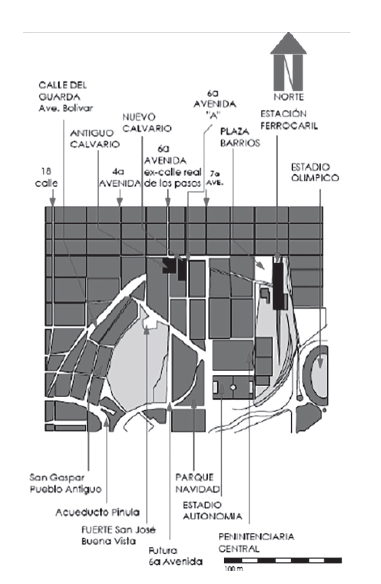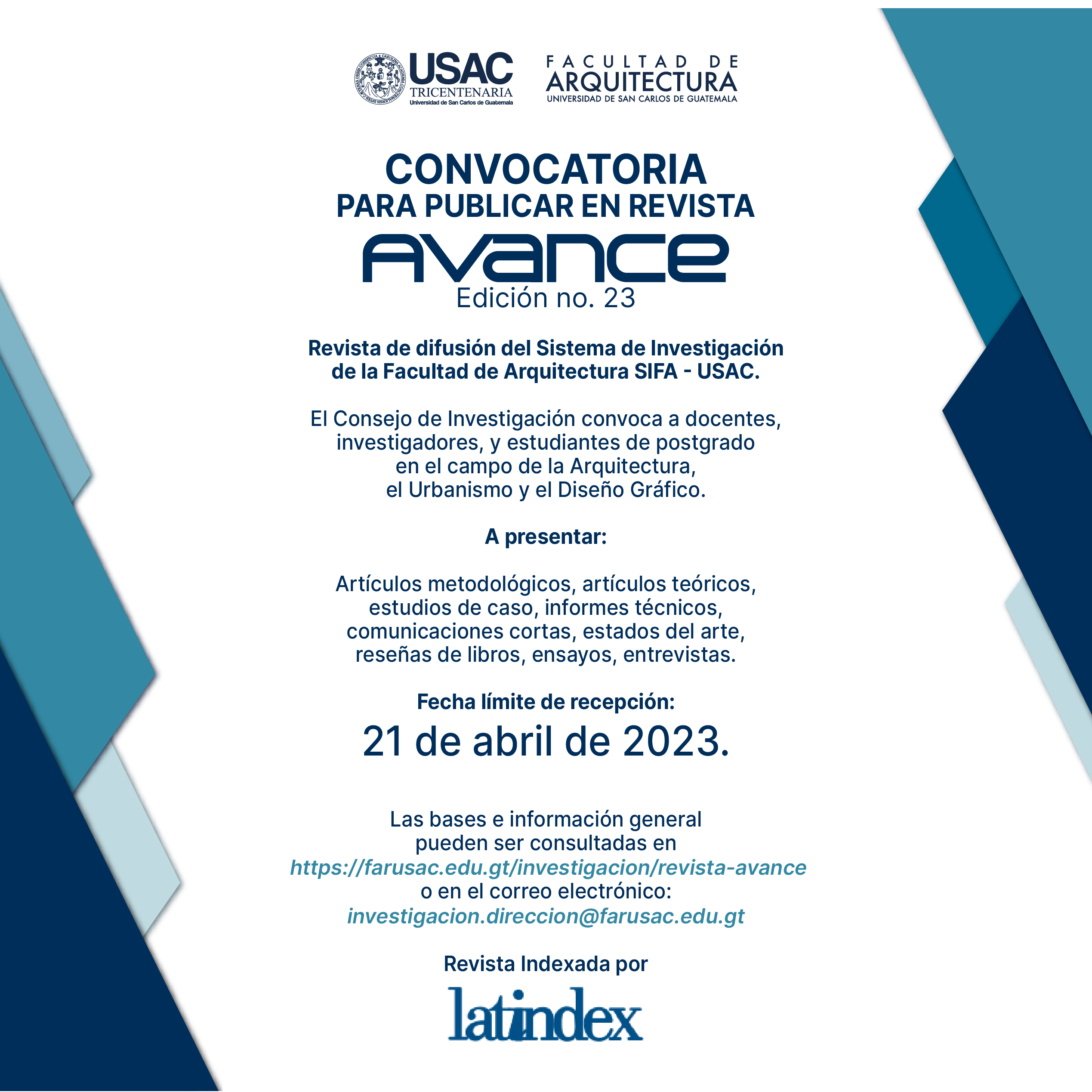Urban Transformations In Guatemala City: CIAM´S Influence
Keywords:
heritage, civic center, modernity, disseminationAbstract
The Civic Center of Guatemala in its first phase is an urban project designed, planned and built in 1954, which marks the rupture of the colonial centrality of the city and introduces in the urban scale a new trace which incorporates the boulevards and in architecture the applications of the plastic as the expression in their buildings reinterpreting elements of prehispanic architecture to contextualize the universality of the modern movement. Unfortunately, the Civic Center did not have the international dissemination
as other projects of the time in which Le Corbusier collaborated, however,
this gives even more value to the results achieved by the authors who build the Civic
Center without international intervention or advice. The Civic Center presents ambivalence in its proposal since at the architectural level it reaches a modern regional proposal, but at an urban level the contribution is not so efficient, which is why a revision of the Athens Charter is made in which the participatory and opinion factor of the inhabitants was not taken into account. However, it is important to raise awareness and publicize the Modern Heritage in our country so that it is valued and conserved.
Downloads

Downloads
Published
How to Cite
Issue
Section
License
Copyright (c) 2019 Sonia Mercedes Fuentes Padilla

This work is licensed under a Creative Commons Attribution-NonCommercial-ShareAlike 4.0 International License.












